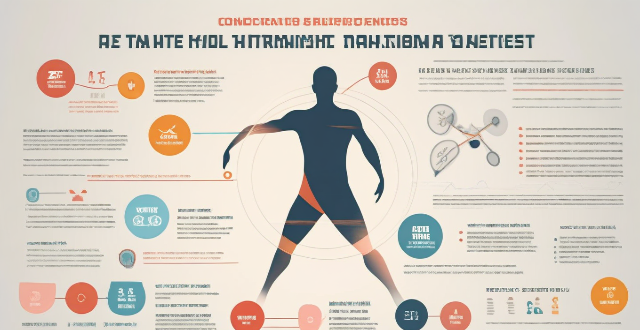The evolution of sports technology analysis has transformed the way we understand and improve athletic performance. From manual methods to advanced analytics, wearable technology, and artificial intelligence, coaches and analysts now have access to more accurate and comprehensive data than ever before. This has allowed for more informed decision-making and optimized training programs, ultimately leading to better overall performance in sports.

The Evolution of Sports Technology Analysis Over Time
Sports technology analysis has undergone a significant transformation over the years. From basic manual methods to advanced computerized systems, the way we analyze sports has become more sophisticated and accurate. In this article, we will explore the evolution of sports technology analysis and how it has impacted various aspects of sports.
Early Days: Manual Methods
In the early days of sports analysis, coaches and analysts relied on manual methods to evaluate their athletes' performance. This involved using stopwatches, clipboards, and pen and paper to record data during games and practices. While these methods were effective in providing some insights into athletes' performance, they were limited in terms of accuracy and efficiency.
Key Points:
- Manual methods involved using stopwatches, clipboards, and pen and paper.
- These methods were effective but limited in terms of accuracy and efficiency.
Advent of Video Analysis
The introduction of video analysis revolutionized sports technology analysis. Coaches and analysts could now review game footage frame by frame, allowing them to identify areas for improvement and develop strategies for future games. Video analysis also enabled the creation of detailed scouting reports on opponents.
Key Points:
- Video analysis allowed coaches and analysts to review game footage frame by frame.
- It provided valuable insights into areas for improvement and helped develop strategies for future games.
- Video analysis enabled the creation of detailed scouting reports on opponents.
Computerized Systems
As technology continued to advance, computerized systems became increasingly popular in sports analysis. These systems used sensors, cameras, and other devices to collect data during games and practices. The data was then analyzed using specialized software, providing coaches and analysts with more accurate and comprehensive information about their athletes' performance.
Key Points:
- Computerized systems used sensors, cameras, and other devices to collect data.
- The data was analyzed using specialized software, providing more accurate and comprehensive information.
Advanced Analytics
Advanced analytics have taken sports technology analysis to new heights. With the help of machine learning algorithms and predictive modeling, coaches and analysts can now make data-driven decisions that maximize their athletes' performance. These tools allow for real-time analysis during games, enabling coaches to adjust their strategies accordingly.
Key Points:
- Advanced analytics involve machine learning algorithms and predictive modeling.
- They provide coaches and analysts with data-driven decisions that maximize their athletes' performance.
- Real-time analysis during games enables coaches to adjust their strategies accordingly.
Wearable Technology
Wearable technology has become an integral part of sports technology analysis. Athletes wear devices such as heart rate monitors, GPS trackers, and accelerometers during training and competition. These devices collect data on various aspects of an athlete's performance, including speed, distance traveled, heart rate, and energy expenditure. This data is then analyzed to help coaches optimize training programs and improve overall performance.
Key Points:
- Wearable technology includes heart rate monitors, GPS trackers, and accelerometers.
- These devices collect data on various aspects of an athlete's performance.
- Data is analyzed to help coaches optimize training programs and improve overall performance.
Virtual Reality (VR) and Augmented Reality (AR)
Virtual reality (VR) and augmented reality (AR) are emerging technologies in sports technology analysis. VR allows coaches and athletes to simulate game situations in a controlled environment, providing valuable practice opportunities without risking injury. AR enhances traditional video analysis by adding digital elements to footage, making it easier for coaches and analysts to identify areas for improvement.
Key Points:
- VR allows coaches and athletes to simulate game situations in a controlled environment.
- AR enhances traditional video analysis by adding digital elements to footage.
- Both technologies provide valuable practice opportunities without risking injury.
Artificial Intelligence (AI)
Artificial intelligence (AI) is set to transform sports technology analysis even further. AI algorithms can analyze vast amounts of data from multiple sources, including wearable devices, sensors, and video footage. This enables coaches and analysts to gain deeper insights into their athletes' performance and make more informed decisions about training programs and game strategies.
Key Points:
- AI algorithms can analyze vast amounts of data from multiple sources.
- This enables coaches and analysts to gain deeper insights into their athletes' performance.
- AI helps make more informed decisions about training programs and game strategies.